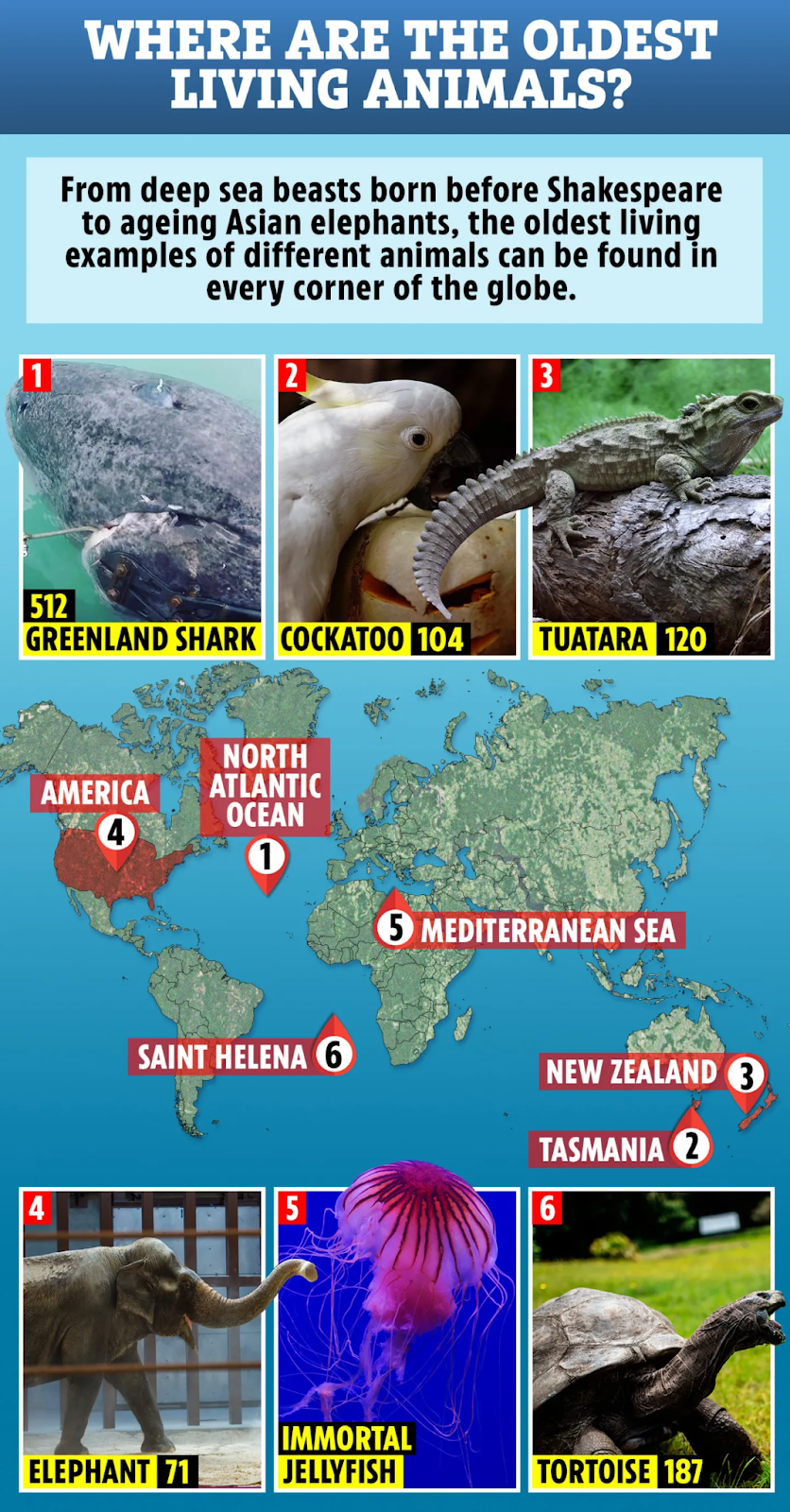World's Oldest Lifeforms | 16 Apr 2025
Ancient life forms like cyanobacteria, stromatolites and archaea offer insights into Earth's evolutionary resilience and ecological significance.
- Cyanobacteria (blue-green algae), emerging around 3.5 billion years ago, were the first organisms to perform oxygenic photosynthesis, triggering the Great Oxidation Event (~2.4 billion years ago), which enriched Earth's atmosphere with oxygen, enabling complex life.
- Stromatolites are layered rock-like structures formed by cyanobacteria colonies that trap and bind minerals, gradually hardening into rock.
- The oldest stromatolites, found in Western Australia, are about 3.5 billion years old, offering insights into ancient microbial ecosystems.
- Archaea are single-celled microorganisms distinct from bacteria, with genetic features closer to eukaryotes.
- Many are extremophiles, surviving in harsh environments and contributing to biogeochemical cycling. The endosymbiotic theory suggests eukaryotes evolved from archaea through the incorporation of a bacterium, leading to mitochondria.
- Armillaria ostoyae, the "humongous fungus," is the largest living organism, found in Oregon's Malheur National Forest (US), is over 8,000 years old, demonstrating remarkable ecological dominance and longevity.
- The Ginkgo biloba tree, dating back over 290 million years, is a "living fossil" with unchanged leaves since the Jurassic period.
- It survived the 1945 Hiroshima blast and shows no signs of aging, thriving even at 600 years old.
| Read More: Last Universal Common Ancestor (LUCA) |

